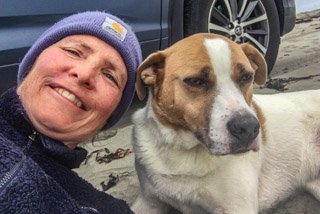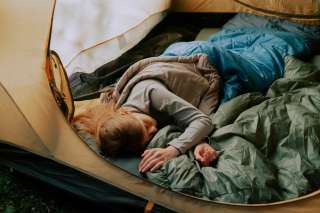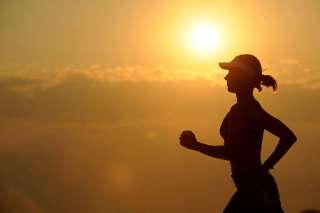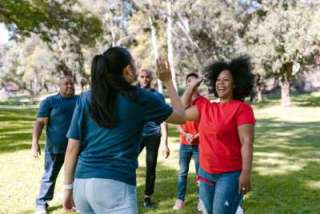Recovery Focus
Recovery Focus
Signs of Overtraining
If you feel stuck with your workouts, or you struggle to make any gains despite herculean efforts, check your overall volume of activity and the quality of your sleep. Rest and recovery play an enormous role in performance as well as in injury recovery. Most adults don’t seem to get enough sleep.
What are some indicators of overtraining? The following behavioral indicators are your body’s way of making further increases in stress volume and performance improvement nearly impossible:
- Apathy
- Changes in sleep patterns
- Decreased libido
- Increased thirst or sugar cravings (beyond the norm)
- Lethargy or sluggishness
- Loss of ability to concentrate
- Unexplained irritability
Our bodies are remarkably intelligent. Can you tune into what your body is telling you?
Physical indicators include:
- Change in resting heart rate
- Diarrhea
- Fatigue or muscle soreness beyond DOMS (Delayed Onset Muscle Soreness)
- Infection
- Injury
- Lymph gland swelling
- Reduced performance (slowed times, weaker on climbs or lifts),
- Slow-healing wounds
- Unusual weight fluctuation
None of these is a “sure” indicator. However, if you have several at one time, your body may be asking for rest.
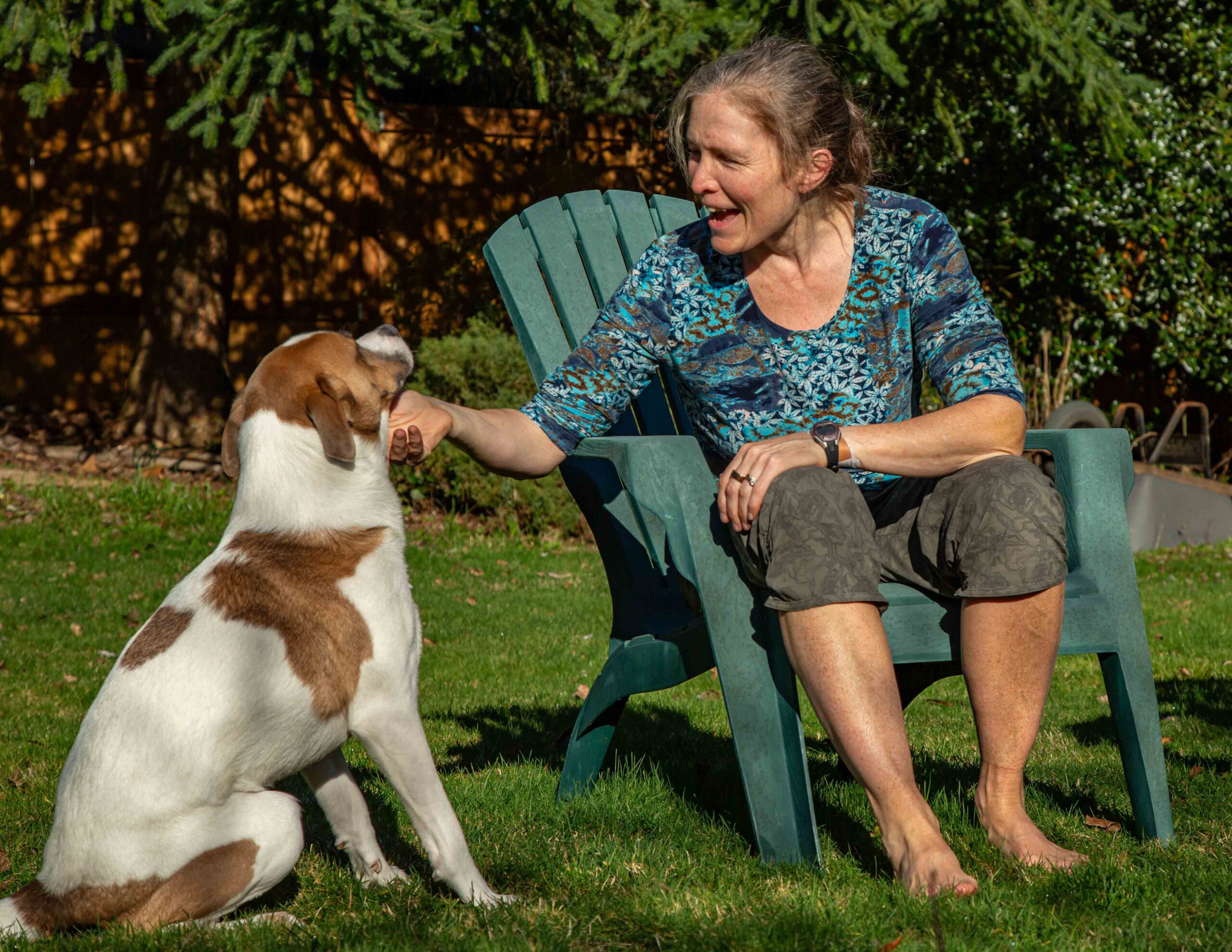
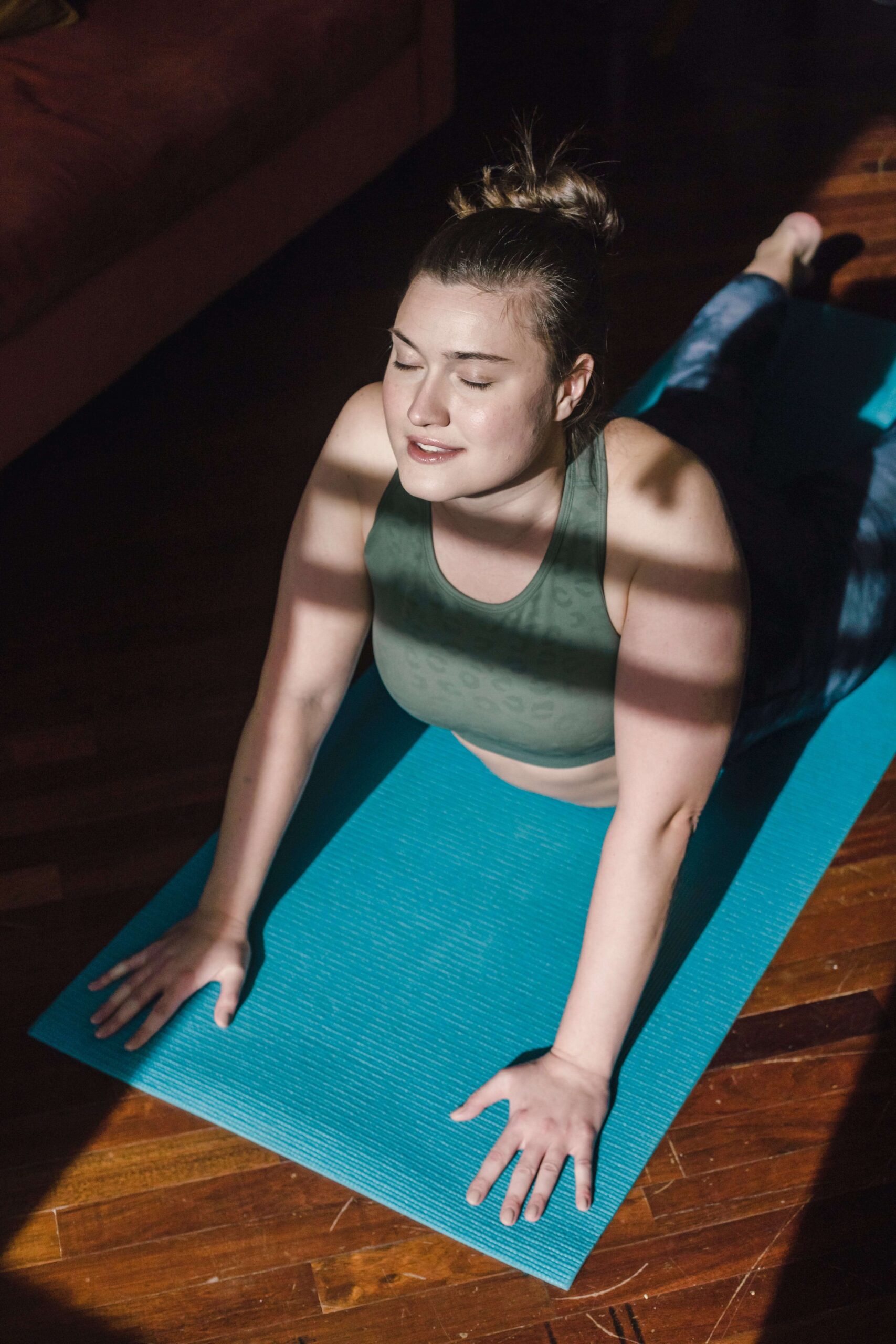
Rest
A properly designed training program includes at least one day per week for active recovery or rest. If you are hiking more than five miles with a weighted pack, plan to take the following day off for stretching or walking. A light yoga or stretching session, hot tub soak, or massage might also help. If you feel like you need an extra day of rest, take it. As you get more accustomed to the rigors of your training program, you will find your stamina and recovery improving. Without including regular periods of rest in your seasonal schedule, you run the risk of burnout, overuse, or worse, injury.
Active Recovery
Outdoor athletes can benefit from active recovery workouts reduced in intensity, either later on the same day or on days following long workouts. The distance hiker or backpacker might take a shorter walk with less gain, less effort, and no pack. Active recovery can also take the form of cross-training, using completely different muscle groups than those used in your sport – activities like gardening, flat bicycling, yoga, Tai Chi, or strolling barefoot along the beach are all suitable activities for recovery.
Sports Massage
Recovering from tough workouts can take many forms. A common sports restoration method is massage, although there are almost as many different forms of massage as there are sports. After a long hike, you may enjoy flushing strokes to help speed the removal of lactic acid and other built-up waste products that accumulate during exercise. Anything deeper (i.e. rolfing) may actually cause muscle damage.
If you feel muscle stiffness or soreness, you might enjoy an occasional massage, but be aware that exclusively using one method may result in your body adapting to it. You might get better results by cycling through the methods you choose.
Alternating Heat and Cold
Another great recovery technique is soaking in a hot tub or shower for twenty minutes. If you choose this method, continue to drink fluids to help speed recovery. Consider alternating between heat and cold — a short stint in the hot tub, followed by a quick dip in a cold shower or, if you’re so equipped, a cool pool – two or three rounds back and forth. This works really well for lower body issues (such as sprained ankles, swollen legs, or plantar fasciitis.) Try adding lavender oil and Epsom salts for a delicious treat for the body.
Proper Nutrition
After you’ve been hiking for multiple hours, it’s important to get quality nutrition to help replenish depleted glycogen stores. Consider starting with a mixture of carbohydrates (40-50%) and protein (20-30%) along with healthy fats (20-30%), and adjust to suit your individual needs. Foods containing antioxidants (like blueberries) or bromelain (like pineapple) can also help the body speed healing. Consider blending together yogurt, fresh fruit or juice, and collagen or protein powder with ice for a refreshing and nutritious snack.
Exercise and Illness
The hours following any challenging workout are critical for remaining healthy. That’s when your immune system is the most stressed and the least capable of fighting off illness. Try using the reminder, “Above the neck, what the heck? Below the head, stay in bed.” If you have a scratchy throat, runny nose, or sneezing, you may be able to train at reduced intensity. However, if you experience chills, fever, aching muscles, or chest cold (i.e. you’re coughing up material from deep in your lungs), your body needs rest. Drinking plenty of liquid, getting additional sleep, and making sure you are getting enough vitamins C and D can help.

Relax and Stretch
Stay off your feet, get outside and ground (walk barefoot on the grass), try some forest bathing, see a movie, read a good book, or even take a short nap. Sit on the floor and stretch gently. Listen to soothing music. Eat plenty of good, wholesome food. Try some yoga or meditation. Active recovery means unstructured time for the body, mind, and spirit. If your program has enough built-in recovery time, you will be supercharged and moving forward with more health, vibrancy, and well-being.
